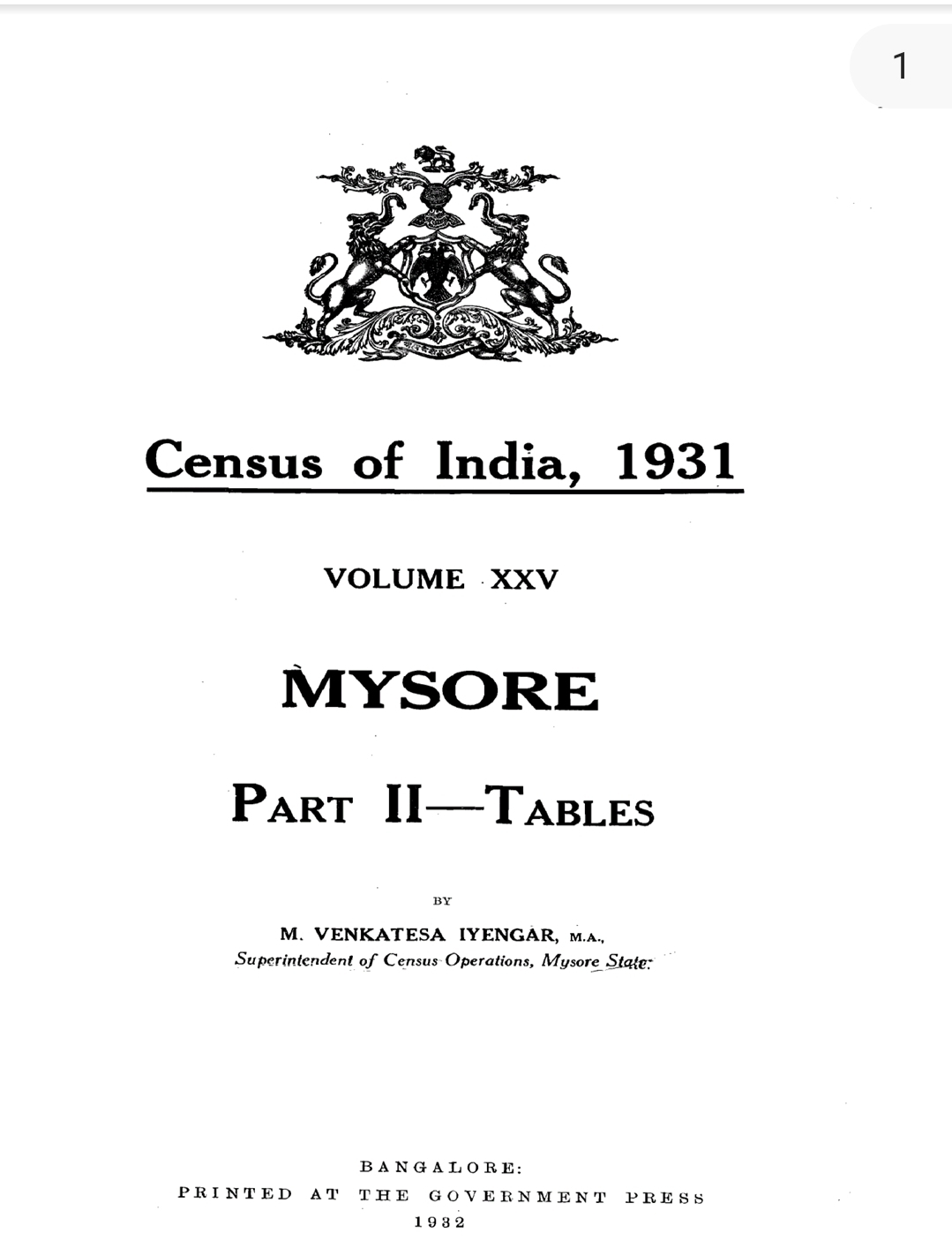Digitization In Indian Textiles
After agriculture, the textile sector is India’s second largest industry. It not only employs many people but also contributes significantly to the Indian economy.
Textile production is one of the primary operations carried out in the textile sector that results in the creation of new employment.
Since the previous decade, there has been a significant shift in Indian textile patterns, making it difficult for value-conscious
designers to keep up.
Since the textile industry’s digitization, there has been a significant transition away from hand drawn drawings and design drafts. Today, the textile sector is making significant strides toward digitization.
If you are acquainted with this term and are still wondering how and why digitalization is occurring in the textile business, then you are about to delve into the depths of current textile breakthroughs, and trends that will soon overtake Indian textiles and weavers.
Digitalization plays a significant role in transforming the textile industry by enhancing efficiency, reducing costs, and improving overall sustainability.
Some key aspects of the significance of digitalization in textile processes:
1.Improved Design and Prototyping:
- Digital tools and software enable textile designers to create intricate patterns, designs, and color combinations with precision.
- Virtual prototyping allows designers to visualize the final product, reducing the need for physical prototypes and minimizing waste.
2.Efficient Manufacturing:
- Digitalization streamlines the manufacturing process through computer-aided manufacturing (CAM) and computer-aided design (CAD).
- Automation and robotics in textile production lead to higher precision and productivity.
3.Supply Chain Optimization:
- Digital platforms and data analytics improve supply chain visibility, allowing manufacturers to monitor inventory levels, track shipments, and respond to demand fluctuations more effectively.
- Predictive analytics and machine learning help in demand forecasting and inventory management.
4.Sustainability and Waste Reduction:
- Digitalization enables better control over processes, reducing material waste and energy consumption.
- Data analytics can identify areas of improvement in resource utilization, leading to more sustainable practices.
5.Quality Control:
- Digital sensors and monitoring systems ensure consistent quality throughout the production process.
- Real-time data analysis helps identify defects or deviations promptly, reducing product recalls and waste.
6.Personalization and Customization:
- Digitalization allows for mass customization of textiles, enabling customers to order personalized products.
- E-commerce platforms offer customization options, enhancing the customer experience.
7.Inventory Management:
- Digital systems automate inventory tracking, reducing the risk of overstocking or understocking.
- Inventory turnover is optimized, leading to cost savings.
8.Traceability and Transparency:
- Blockchain technology can be used to track the entire supply chain of textiles, ensuring transparency and authenticity of products.
- Consumers can trace the origin of their clothing, promoting ethical and sustainable practices.
9.E-commerce and Digital Marketing:
- Online retailing and digital marketing have become essential for the textile industry, enabling global reach and direct customer engagement.
- Social media platforms play a crucial role in marketing and brand building.
10.Smart Textiles:
- Digitalization has given rise to smart textiles that incorporate sensors and electronics for various applications, including healthcare, sports, and fashion.
- These textiles can monitor health metrics, provide climate control, and enhance user experiences.
11.Data-Driven Decision-Making:
- Data analytics and machine learning algorithms analyze large datasets to make informed decisions, optimize processes, and predict market trends.
- This data-driven approach enhances competitiveness and agility.
12.Reduced Lead Times:
Digital tools and communication technologies enable faster communication between designers, manufacturers, and suppliers, reducing lead times for product development and delivery.
Digitalization in textiles is a catalyst for innovation, enabling the industry to adapt to changing market dynamics, reduce its environmental footprint, and provide customers with more personalized and sustainable products. It has become a driving force in shaping the future of textiles and fashion.
"In the age of digitalization, innovation and collaboration are the currencies of success."
Devanga's Vidhana:
https://t.me/joinchat/T9PZE7wMJss2eol0
https://www.facebook.com/groups/115655385522020/?ref=share
https://www.facebook.com/vidhanadevangas/
https://whatsapp.com/channel/0029Va47xLnEAKWJmneqr60I
#828





Comments
Post a Comment